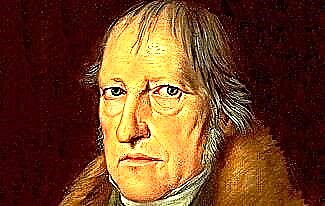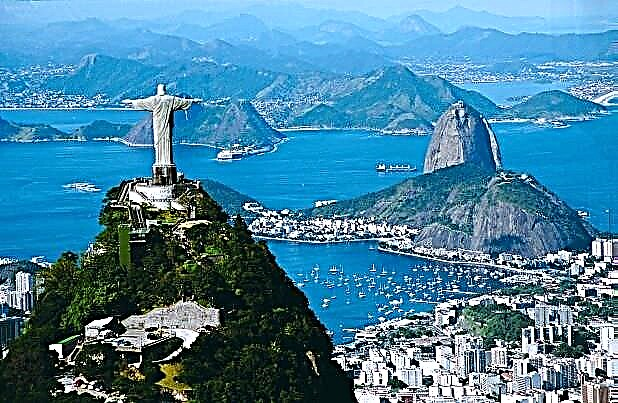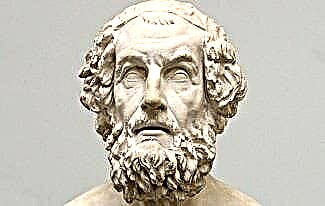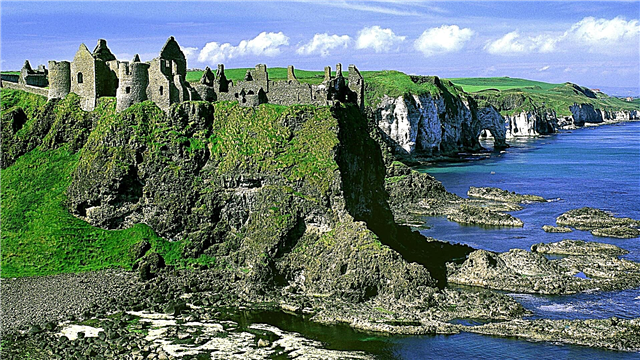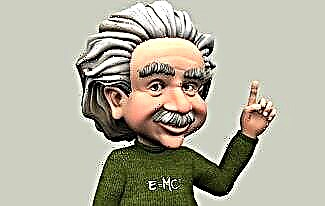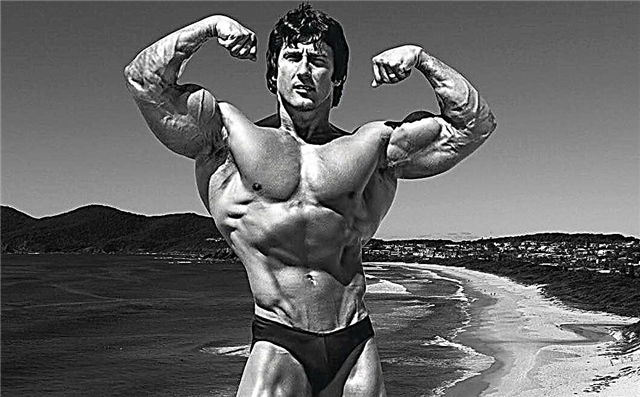Leonid Iovich Gaidai (1923-1993) - Soviet and Russian film director, actor, screenwriter. People's Artist of the USSR and laureate of the State Prize of the RSFSR them. brothers Vasiliev.
Gaidai shot dozens of cult films, including Operation Y and Other Adventures of Shurik, Prisoner of the Caucasus, Diamond Hand, Ivan Vasilyevich Changes His Profession and Sportloto-82.

There are many interesting facts in Gaidai's biography, which we will tell you about in this article.
So, before you is a short biography of Leonid Gaidai.
Gaidai's biography
Leonid Gaidai was born on January 30, 1923 in the city of Svobodny (Amur Region). He grew up in a working-class family that has nothing to do with the film industry.
The director's father, Job Isidovich, was an employee of the railway, and his mother, Maria Ivanovna, was raising three children: Leonid, Alexander and Augusta.
Childhood and youth
Almost immediately after the birth of Leonid, the family moved to Chita, and later to Irkutsk, where the future film director spent his childhood. He studied at the railway school, from which he graduated the day before the start of the Great Patriotic War (1941-1945).
As soon as Nazi Germany attacked the USSR, Gaidai decided to voluntarily go to the front, but did not pass the commission due to his young age. As a result, he got a job as an illuminator at the Moscow Theater of Satire, which at that time was evacuated to Irkutsk.

The young man attended all the performances, looking with delight at the play of the actors. Even then, the desire to connect his life with the theater was kindled in him.
In the fall of 1941, Leonid Gaidai was drafted into the army. An interesting fact is that during the distribution of fighters, a comical incident occurred with the guy, which will later be shown in the film about "Shurik's adventures."
When the military commissar asked recruits where they would like to serve, for each question "Who is in the artillery?", "In the Air Force?", "To the navy?" Gaidai shouted "I". It was then that the commander uttered the well-known phrase “You wait! Let me read the whole list! "
As a result, Leonid was sent to Mongolia, but was soon redirected to the Kalinin Front, where he served as a scout. He proved himself to be a brave soldier.
During an offensive operation on one of the villages, Gaidai managed to throw grenades at the German military fortification with his own hands. As a result, he destroyed three enemies, and then participated in the capture of prisoners.
For this heroic deed Leonid Gaidai was awarded a medal "For Military Merit". During the next battle, he was blown up by a mine, seriously injuring his right leg. This led to the fact that the commission found him unsuitable for further service.
Films
In 1947 Gaidai graduated from the theater studio in Irkutsk. Here he worked for a couple of years as an actor and stage lighting.
After that, Leonid left for Moscow, where he became a student of the directing department of VGIK. After 6 years of study at the institute, he got a job at the Mosfilm film studio.

In 1956, Gaidai, together with Valentin Nevzorov, shot the drama The Long Way. After 2 years, he presented the short comedy "The Bridegroom from the Other World." Interestingly, this is the only film in the director's creative biography that has been heavily censored.
It is worth noting that the film was originally a full-length one. It ironically played up the Soviet bureaucracy and chicanery.
As a result, when the Minister of Culture of the USSR viewed it, he ordered to cut out many episodes. Thus, from a full-length film, the film turned into a short film.
They even wanted to remove Leonid Gaidai from directing. Then he agreed for the first and last time to make a deal with Mosfilm. The man filmed the ideological drama about the steamer "Thrice Resurrected".
Although this work was liked by the censors, who allowed Gaidai to continue making films, the director himself was ashamed of this drama until the end of his days.
In 1961, Leonid presented two short comedies - "Watchdog Dog and Unusual Cross" and "Moonshiners", which brought him fantastic popularity. It was then that the audience saw the famous trinity in the person of Coward (Vitsin ", Balbes (Nikulin) and Experienced (Morgunov).
Later, Gaidai's new films "Operation Y" and Other Adventures of Shurik, "The Prisoner of the Caucasus, or Shurik's New Adventures" and "The Diamond Hand", filmed in the 60s, were released on the big screen. All 3 films were a huge success and are still considered classics of Soviet cinema.

In the 70s, Leonid Gaidai continued active work. During this period, his compatriots saw such masterpieces as "Ivan Vasilyevich changes his profession", "It can't be!" and "12 chairs". He became one of the most famous and beloved directors in the vastness of the Soviet Union.
In the next decade, Gaidai presented 4 works, where the most iconic comedies "Behind the Matches" and "Sportloto-82". At the time of his biography, he also shot 14 miniatures for the newsreel "Wick".
In 1989 Leonid Gaidai was awarded the title of People's Artist of the USSR. After the collapse of the Soviet Union, he shot only one picture "The weather is good on Deribasovskaya, or it is raining again on Brighton Beach."
An interesting fact is that this film contained parodies of Soviet leaders, from Lenin to Gorbachev, as well as American President George W. Bush.
Personal life
Leonid met his future wife, actress Nina Grebeshkova, while studying at VGIK. The young people got married in 1953, having lived together for about 40 years.
It is curious that Nina refused to take her husband's surname, because it is not immediately clear whether a man or a woman is hiding under the name Gaidai, and this is important for a film actress.
In this marriage, the couple had a girl, Oksana, who in the future became a bank employee.
Death
In recent years, Gaidai's health has left much to be desired. He was seriously worried about the unhealed wound on his leg. In addition, due to tobacco smoking, his respiratory tract began to be increasingly disturbed.
Leonid Iovich Gaidai died on November 19, 1993 at the age of 70. He died of pulmonary embolism.
Gaidai Photos











